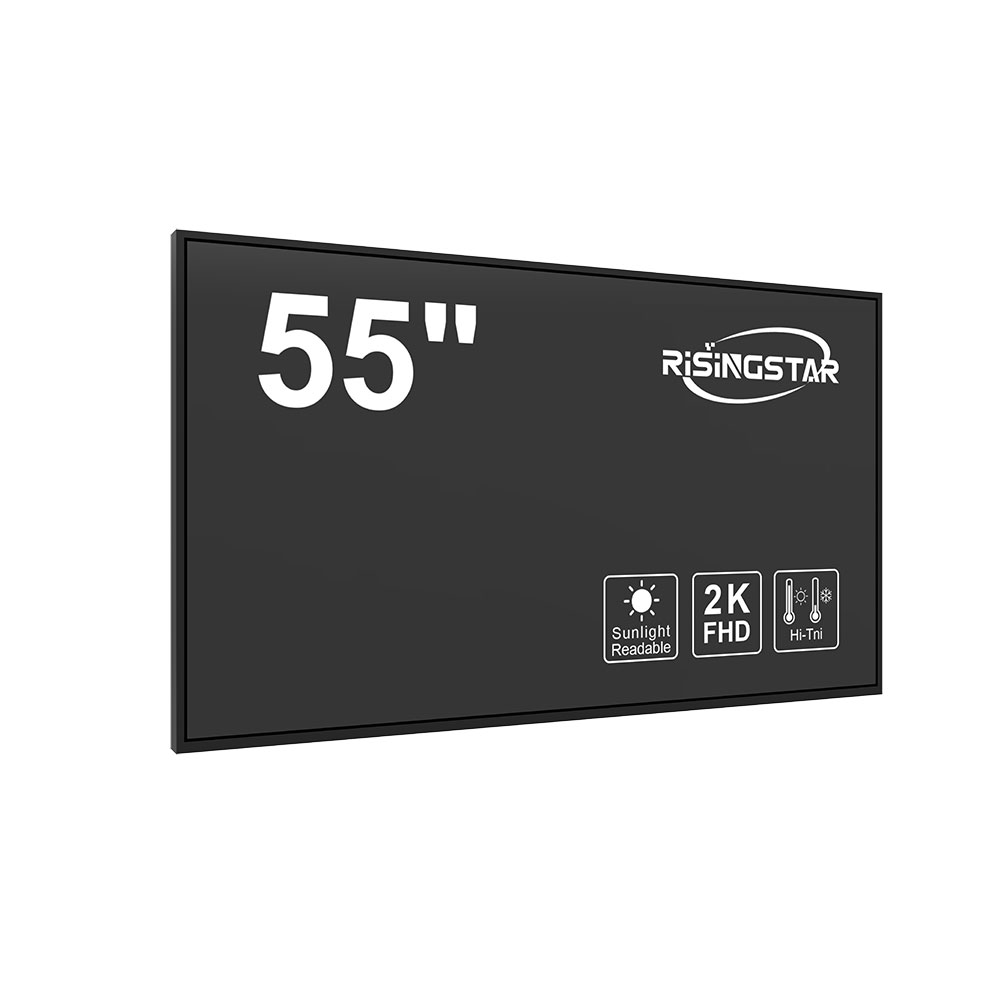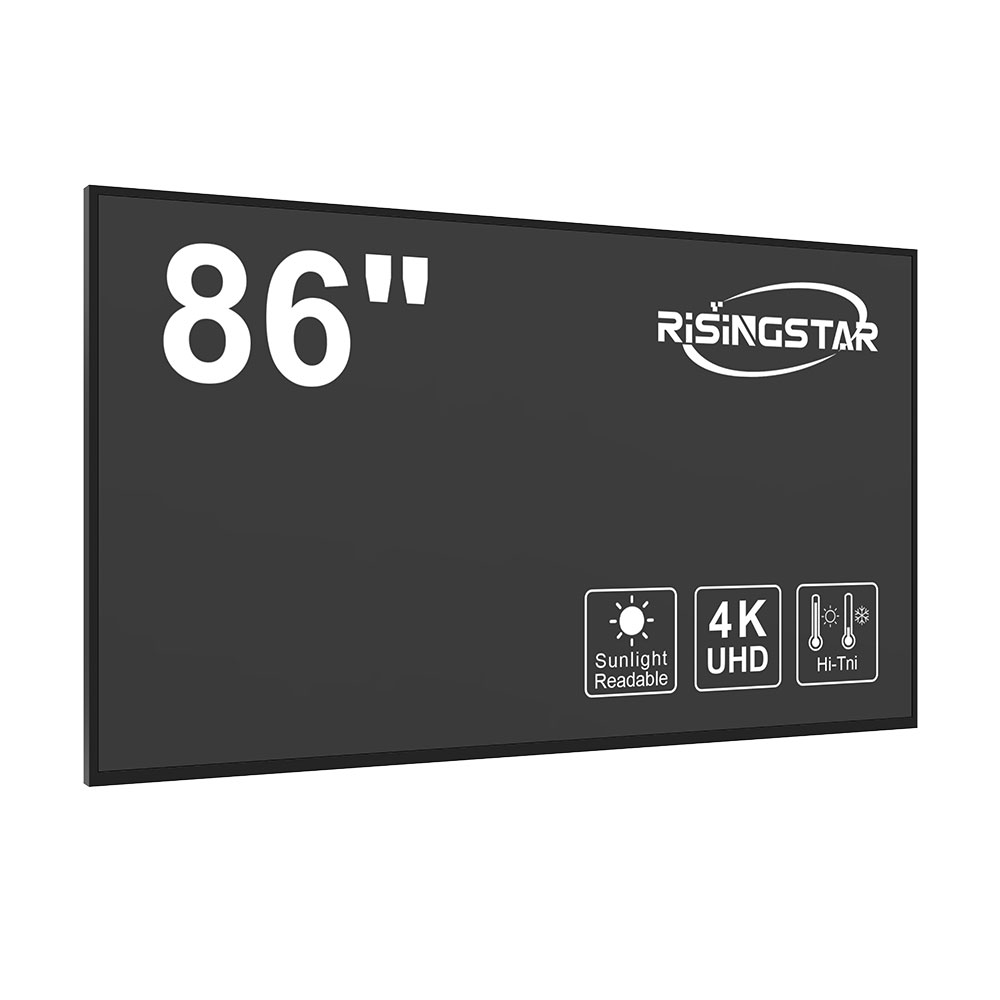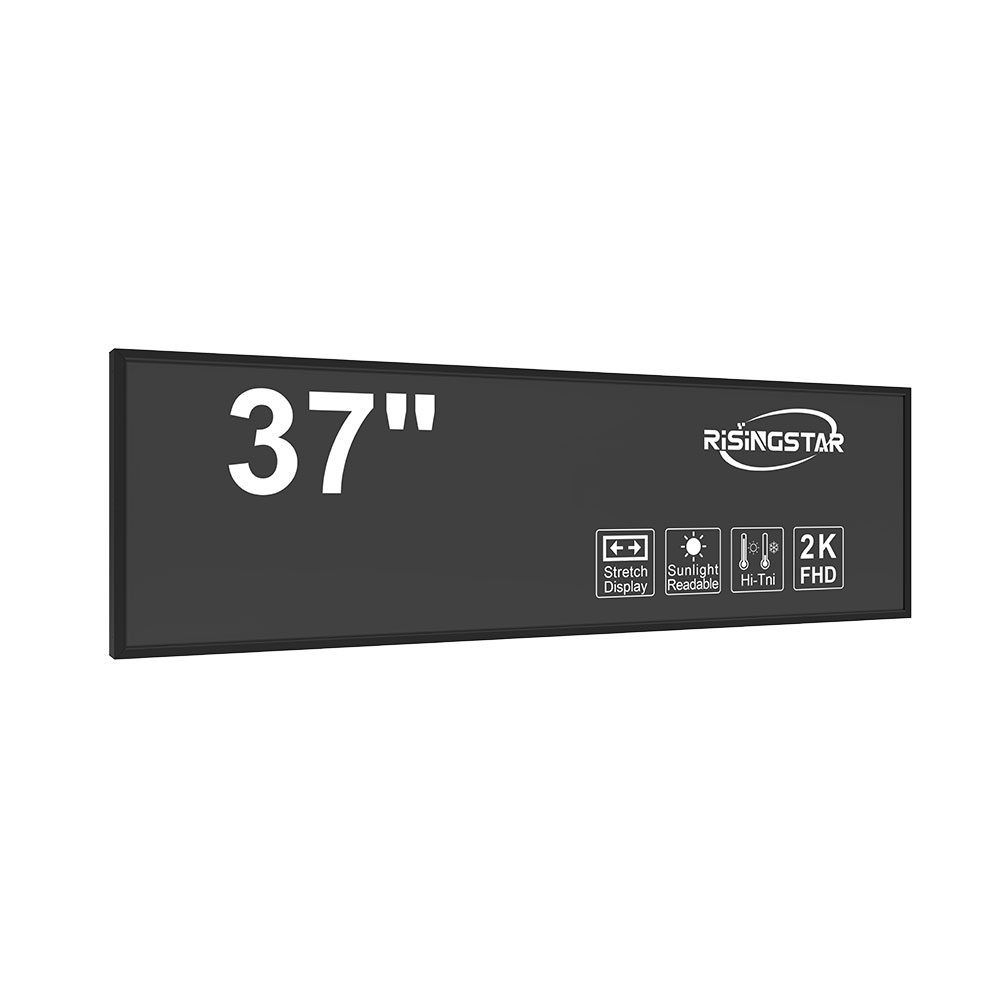- Home
- About Us
- Products
- News
- Video
- Contact
- Send Inquiry
Search
- Home
- About Us
- Products
- News
- Video
- Contact
- Send Inquiry

Outdoor LCD screens have become indispensable in modern urban infrastructure, transportation systems, retail environments, and public information displays. With increasing demands for digital signage that remains visible under direct sunlight, extreme temperatures, and high humidity, the engineering behind outdoor LCD technology has evolved significantly over the past decade. These screens are not just "brighter versions" of indoor displays—they are purpose-built systems designed to withstand environmental stressors while maintaining image quality, operational reliability, and energy efficiency.
The core challenge in outdoor LCD design lies in achieving sufficient brightness—typically 5,000 to 10,000 nits—to ensure visibility in direct sunlight. According to the Society for Information Display (SID), standard indoor LCDs operate at 250–500 nits, which is insufficient for outdoor use where ambient light can exceed 10,000 lux. To meet this requirement, manufacturers utilize high-luminance LED backlights, advanced optical films, and specialized anti-glare coatings. For example, Samsung’s Outdoor Series LCDs incorporate a dual-layer diffusion film system that increases uniformity across the display surface while reducing hotspots—a common issue in older high-brightness designs.
Beyond brightness, durability is paramount. Outdoor LCD screens must comply with IP65 or higher ingress protection ratings to resist dust and water jets, as defined by IEC 60529 standards. Many commercial-grade units also meet IK10 impact resistance, meaning they can endure 20 joules of mechanical shock—equivalent to a steel ball dropped from one meter. In real-world applications such as traffic monitoring in Dubai or digital billboards along California highways, these specifications translate into reduced maintenance costs and longer lifespans. A 2023 study by Frost & Sullivan found that properly maintained outdoor LCD installations can last up to 8 years without significant degradation in performance.
Thermal management is another critical factor. Ambient temperature swings—from -30°C in northern Canada to +50°C in Middle Eastern deserts—require active cooling or heating mechanisms. Most industrial-grade outdoor LCDs employ passive heat sinks combined with intelligent thermal sensors that adjust fan speed based on internal temperature. Some models, like LG’s UltraFine Outdoor Series, integrate Peltier coolers for precise temperature control in extreme climates. This ensures consistent pixel response times and prevents thermal runaway—a known cause of premature screen failure in unregulated environments.

Display technologies vary depending on application needs. While traditional TFT-LCD panels dominate due to their cost-effectiveness and mature supply chain, emerging alternatives like OLED and MicroLED are gaining traction. OLED offers superior contrast ratios and wider viewing angles but suffers from burn-in risks and shorter lifespan in outdoor conditions. MicroLED, however, combines the brightness of LEDs with pixel-level control, making it ideal for large-format digital signage in stadiums and airports. A case study from Sony’s installation at Tokyo Haneda Airport demonstrates how MicroLED displays maintained 95% brightness after 18 months of continuous operation in an open-air environment.
Energy efficiency is increasingly important as cities adopt green policies. Modern outdoor LCDs often feature adaptive brightness control (ABC) algorithms that reduce power consumption during low-light hours or when no viewers are detected. This function alone can cut energy usage by 30–40%, according to a 2022 report by the International Energy Agency (IEA). Additionally, some models now support Power over Ethernet (PoE+) standards, simplifying installation and reducing cabling complexity—a key advantage in retrofitting existing infrastructure.
Security and connectivity are also integrated into contemporary outdoor LCD solutions. Many units come equipped with encrypted firmware updates, remote diagnostics via cloud platforms, and even AI-driven content optimization. For instance, Digital Signage Today reported that London’s Transport Authority deployed AI-powered outdoor screens that analyze foot traffic patterns and automatically adjust ad rotation frequency—resulting in a 27% increase in engagement rates compared to static scheduling.

In conclusion, outdoor LCD screen technology represents a convergence of materials science, thermodynamics, optics, and software engineering. The ability to perform reliably under diverse environmental conditions requires a holistic approach—from selecting the right panel type to implementing robust mounting structures and smart environmental controls. As global demand for digital signage grows, particularly in smart city initiatives, the evolution of outdoor LCDs will continue to be driven by innovation in brightness enhancement, longevity, sustainability, and interactivity. Whether it's a bus stop display in Berlin or a solar-powered kiosk in Nairobi, these screens are now more than just visual tools—they are essential components of connected, responsive urban ecosystems.
